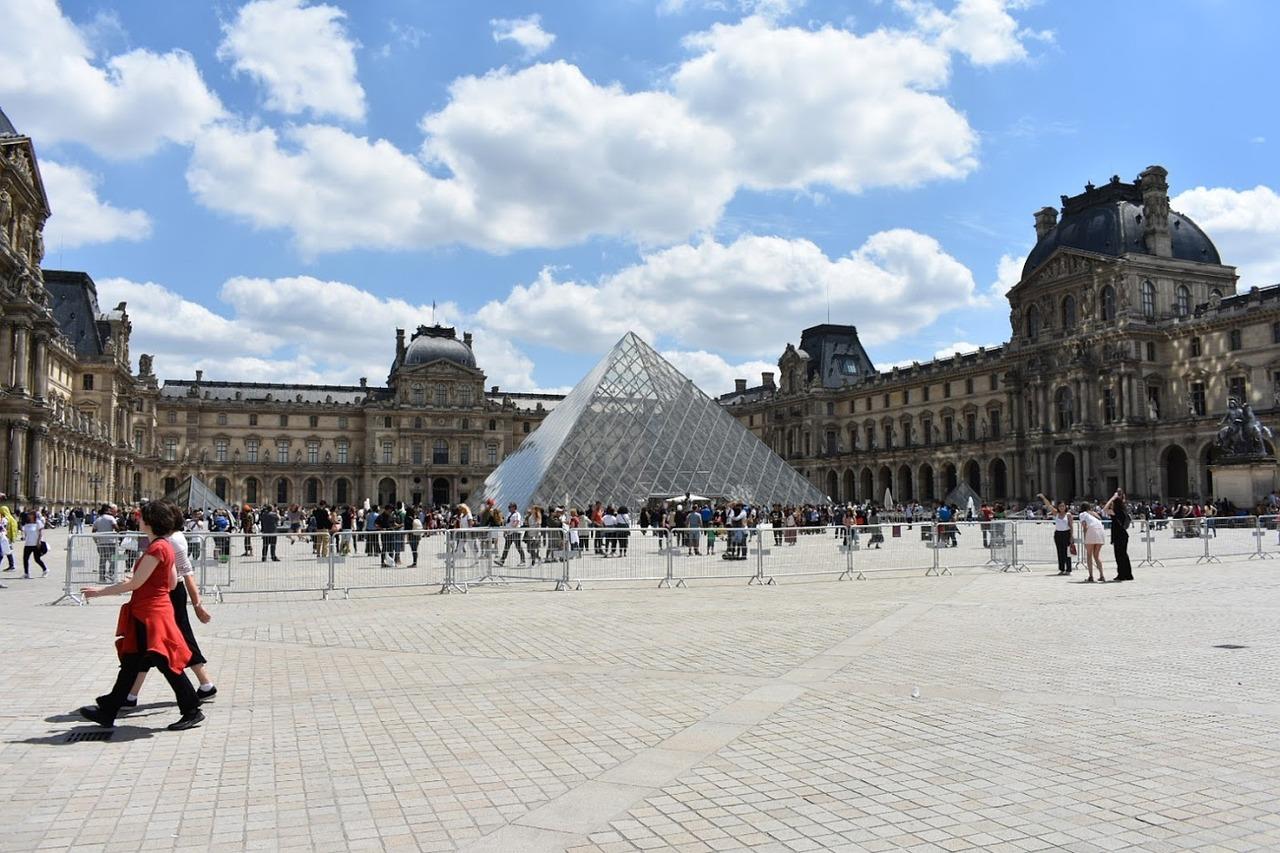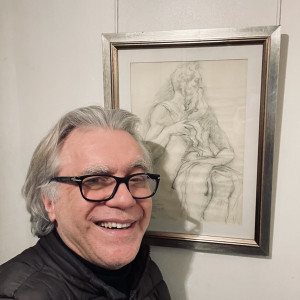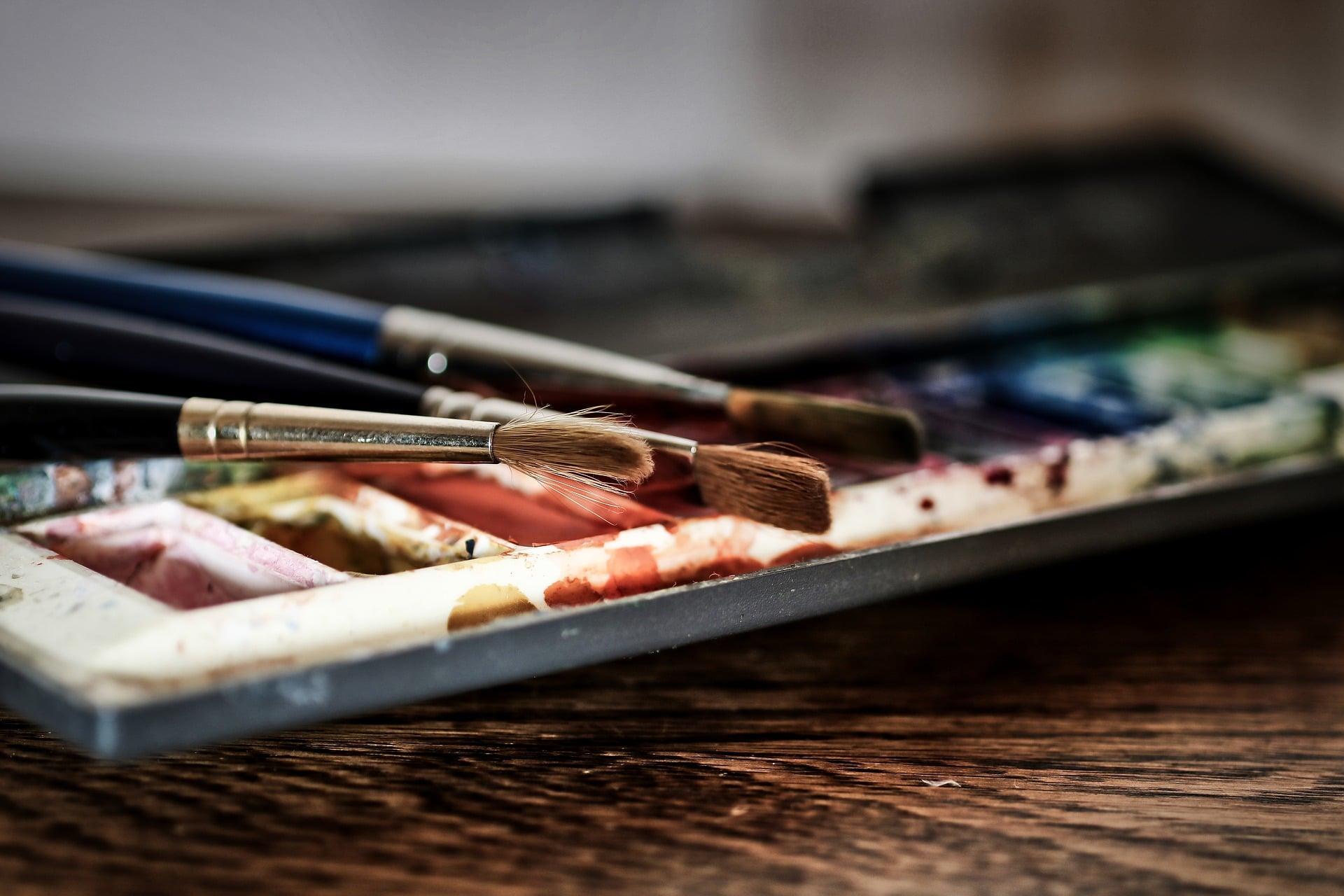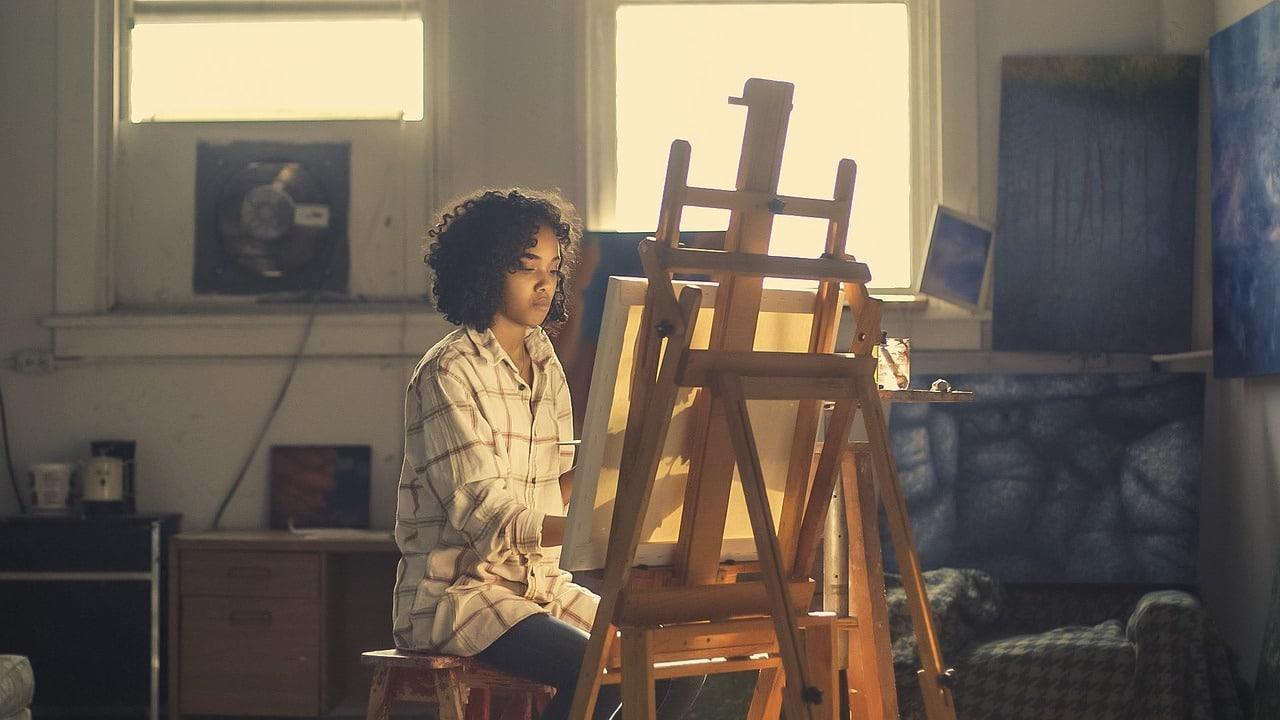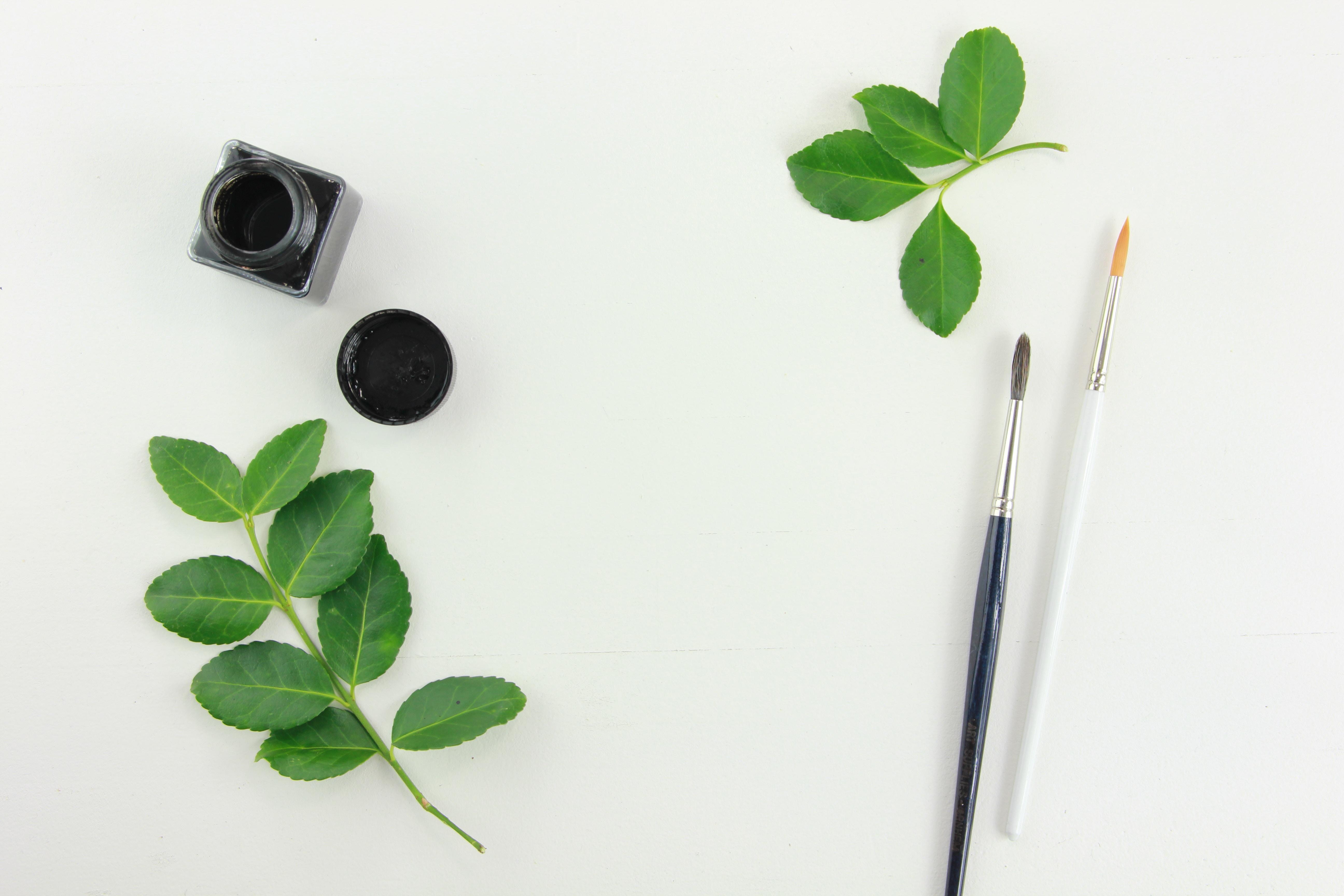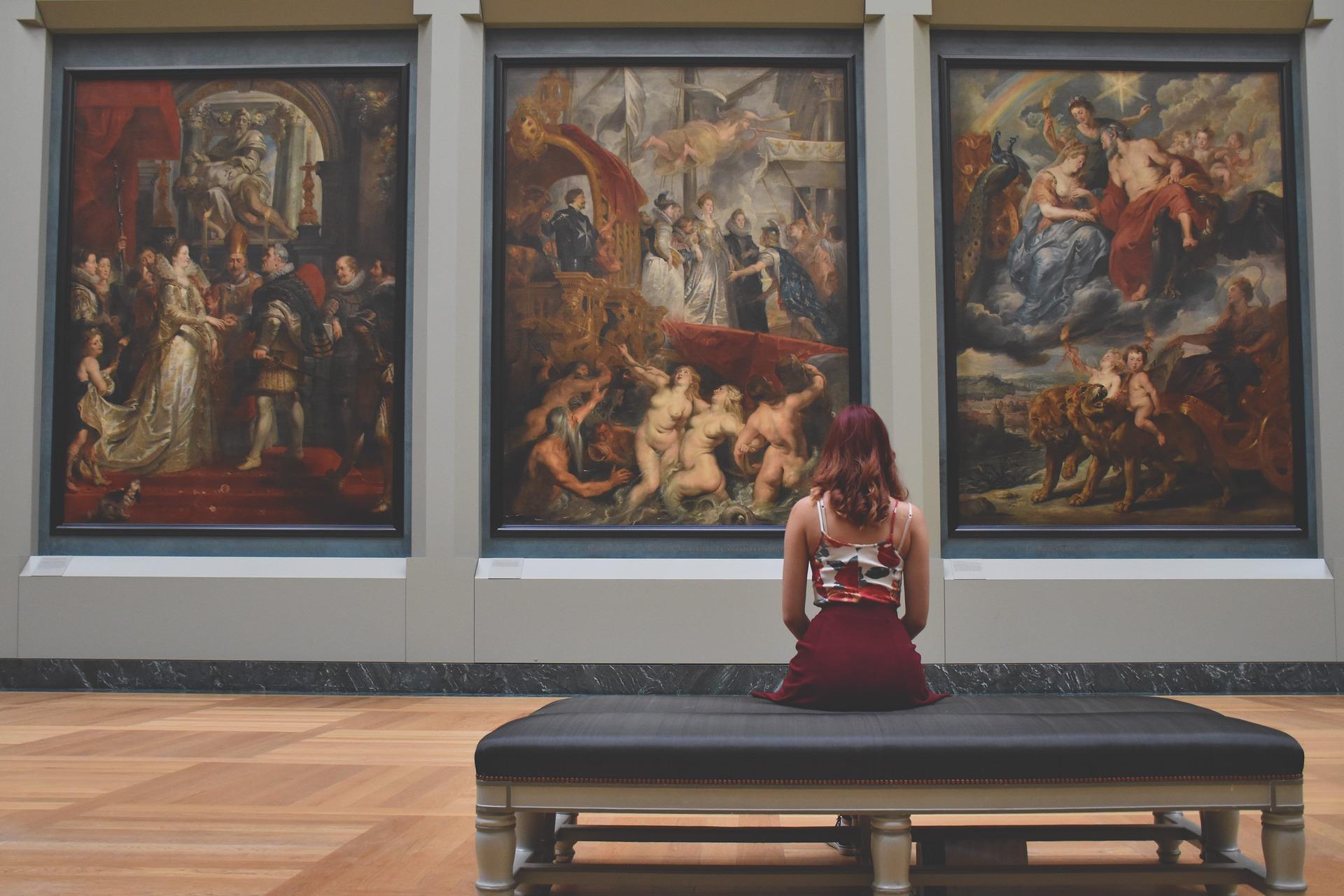Famous artists today are often known for their breaking of rules and conventions, but we rarely hear about the standards of the past, and the masters of their craft who rose to exceed them.
You’ll probably be surprised just how much you’ve been missing out on if you haven’t read about the history of art.
Surely you learned about the big names, but what about Artemisia Gentileschi – unusual for being female in the male-dominated world of Italian painters, famous for their Renaissance art?
What about Paul Cézanne, who was so prolific that he painted more than 1,300 canvases in his more than 40 years as an artist but didn’t sell a single one?
Humans have always had a need to create art; proof is found everywhere, from the Lascaux cave paintings to the images etched in stone in the highlands of Peru.
Accordingly, there are/were those who would sacrifice everything from their physical well-being to their sanity for a few more brushstrokes, one more etching, one last depiction...
Today, the Superprof blog takes an artistic turn: we look at two legendary painters at opposite ends of the art spectrum and one who considered himself a failure even though, in his lifetime and still today, he is considered one of the most famous artists of all time.
The iconic artists we discuss today are all European Painters and famous male artists. Keep a lookout for another article on famous female artists, or perhaps one where we throw some American artist names into the mix.
Let's enter the painter's world together… Come along!
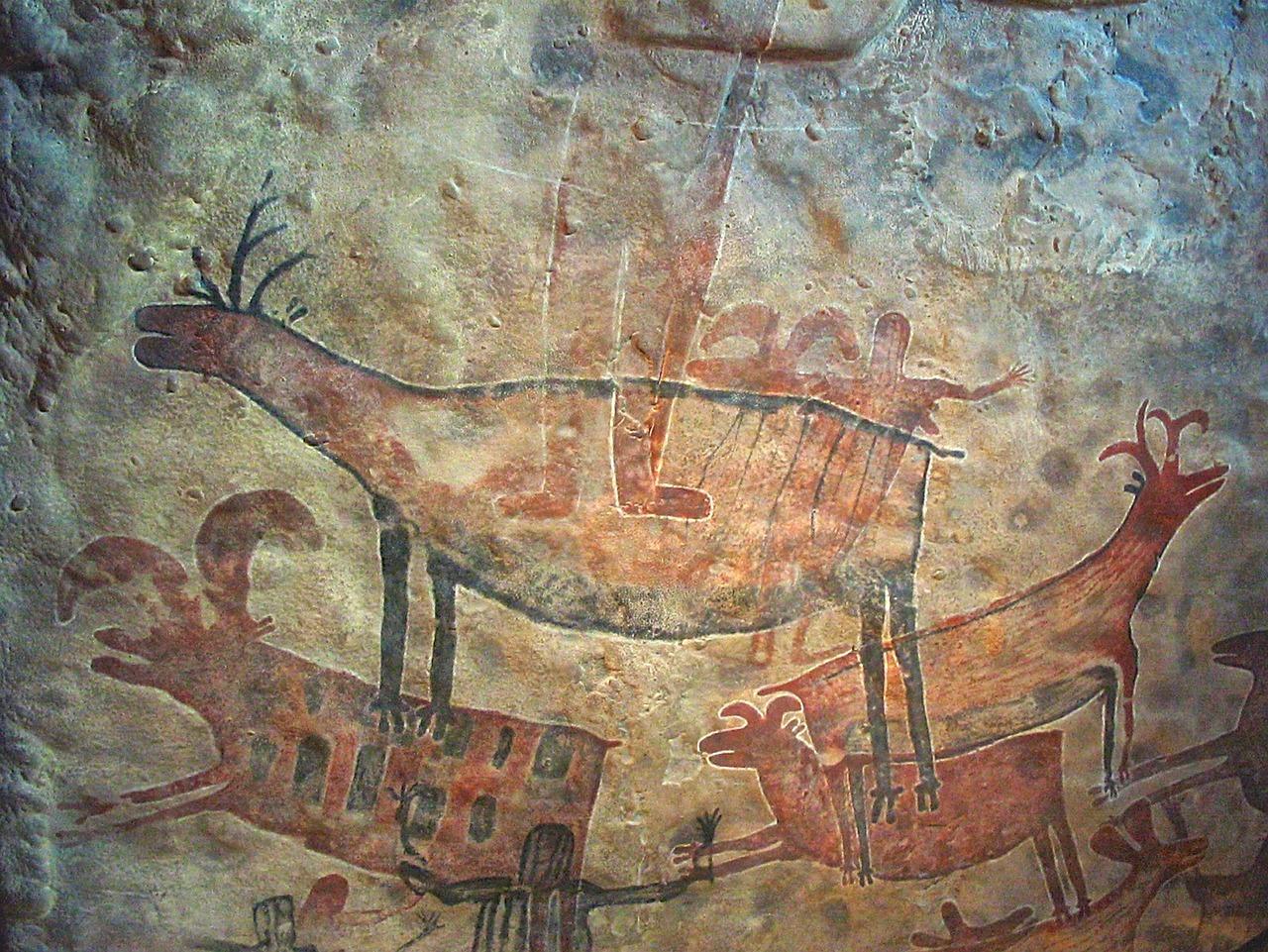

Pablo Picasso, the Artistic Wolf
Wolves are generally described as instinctual, intuitive and intelligent. Such characteristics describe Picasso to a T.
Famous Spanish artists are plentiful, and we could spend an entire article discussing Salvador Dalí’s most famous painting, but when it comes to fame, the crown has to go to one of the world’s most famous artists: Picasso.
Born into a middle-class family in Malaga, Spain, little Pablo had as great a sense of destiny as he had a need to draw. An apocryphal story relates his first word – not ‘Mama’ or ‘Papa’ but ‘Pencil! Pencil!’
Maybe there was a reason for young Pablo to crave the graphite instrument: his father was a museum curator and a painter of wildlife and landscape art.
Still, his father must have been intent on his son following in his footsteps. When the boy turned seven, his Dad started giving him lessons in drawing. He also taught his son painting techniques.
So driven was Picasso (or so talented) that his work soon surpassed anything painted by his father. Picasso Sr, having by this time relocated his family to Barcelona, made use of his position at the Academy of Fine Arts, where he was teaching, to secure an audition for his now teenaged son.
Pablo did not disappoint. In fact, he shocked, surprised and overwhelmed the admissions board with the breadth of his experience, rare in one so young and undisciplined.
Discipline was indeed a problem for Pablo. His ability to paint amazing works of art was not in question, what was missing was the capacity to take instruction and follow rules. He spent a lot of his time in Barcelona getting acquainted with decidedly non-scholarly pursuits.
Pablo Picasso’s arrogant streak would dominate his life. Uncaring of critics and their sometimes stinging reviews, he would paint what he liked, as he liked and he didn’t care if anyone liked it.
Once on the Parisian art scene, Pablo Picasso moved easily among the various circles, impressionist, and expressionist alike. As he became more open to new ideas, including eroticism, his work took on new dimensions.
It was the Demoiselles D’Avignon, a large oil on canvas representation of a bordello – well, the unclad occupants of a bordello that scandalised the art world. Most decried it as vulgar and ugly; even Georges Braques was repulsed yet fascinated by it.
Henri Matisse, Picasso’s lifelong frenemy, rejected the work outright.
Braque, a French painter who couldn’t quite get on board the fauvist movement, saw the oeuvre as a gauntlet thrown down.
Picasso claimed that this work that eschewed both perspective and classical form liberated him in some fundamental way, permitting him to create an original style of art. Braque agreed.
Picasso’s Guernica… Though not the biggest painting in the world is enormous. And proves the abstract visuals don’t come from artistic laziness.
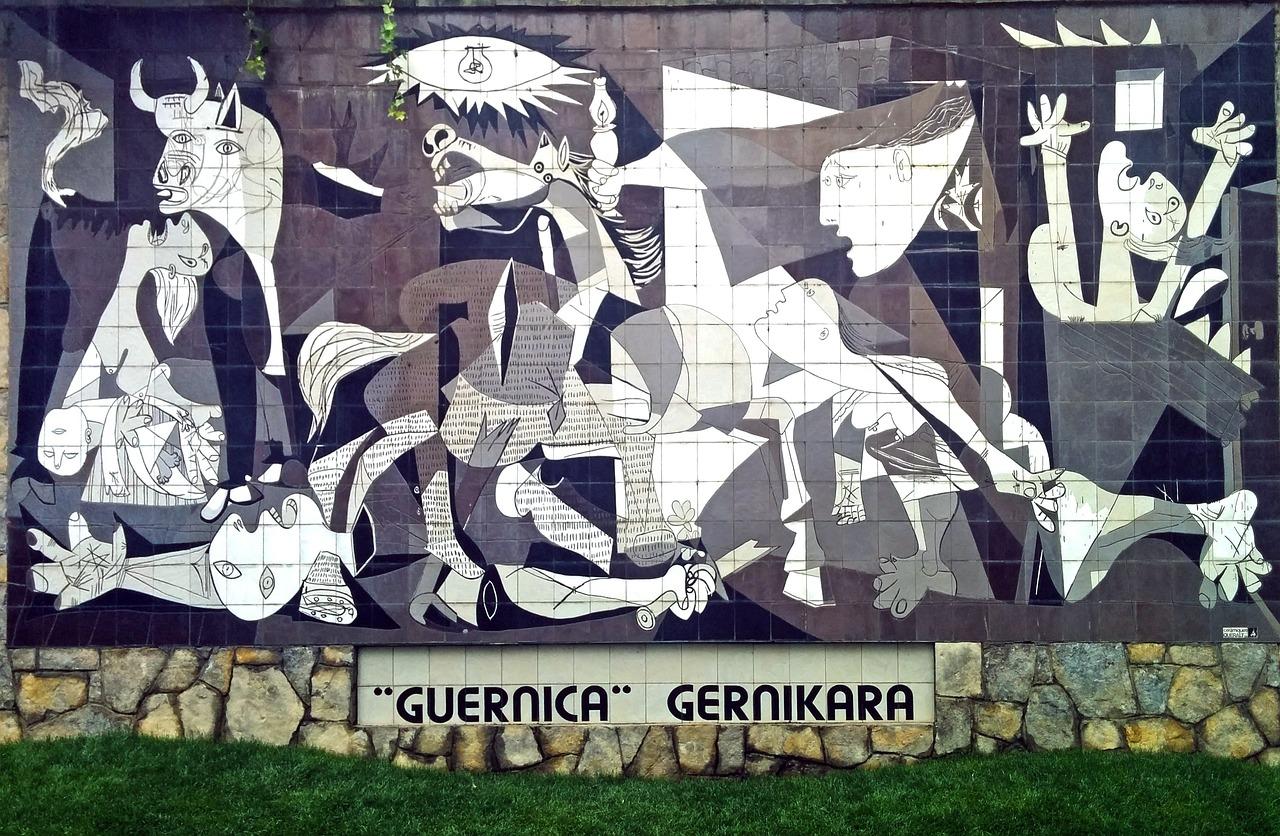
With Picasso and Braque as the fathers, the Demoiselles gave birth to Cubism, a seemingly discordant art movement that ended, some say mercifully, in the late 1920s.
Discover various painting classes near me here.
Vincent van Gogh: Not Exactly a Lamb
At the other end of the ‘vainglorious and cocksure’ spectrum, we find the haunting story of a man dragged into being an artist by destiny.
Born into a devoutly religious family, this Dutch painter failed to make any positive impression on the art world until after his death. Indeed, he initially didn’t see himself as having any future in art; he came to the discipline accidentally.
Vincent was a quiet child who liked to draw; his mother gently encouraged him, but by no means treated him as the prodigy Picasso’s parents cultivated.
Looking over events in Vincent’s early life, it is easy to recognise several destabilising elements:
- an emotionally distant parent
- living in close proximity to a grave with his name on it (and being repeatedly brought to said grave)
- being the oldest child
- being sent to a boarding school far from home
- being mentally ill
All of this resulted in a socially awkward person who, by all accounts, suffered rejection at every turn – romantically, professionally, religiously and socially.
Vincent van Gogh offers a cautionary tale of ‘fake it till you make it’.
First as an art dealer and then a missionary; as a teacher, a suitor and a painter, narratives all tell the same story: Vincent started out enthusiastic and energetic, but things soon went awry. He would find fault with the plan, the process or the person imposing on him, the net result being rejection, again and again.
Vincent had three saving graces: his brother Theo, the comfort he found in people (women) at the lower end of social ranks and painting. It was art that finally provided him with an outlet for self-expression.
Virtually untrained in everything from wielding a brush to mixing colours, the last 10 years of Vincent van Gogh’s life were nothing if not productive: he turned out more than 900 impressionistic canvases. The famous artist styles each of them with his own distinctive technique.
Unable to afford models, he painted the people and scenes around him. As his madness grew and he was confined to an institution, he painted what he saw out of his window. The more people shunned him, the more he turned to his brushwork.
Unlike the self-assured Picasso who was certain his destiny was painting (whether that destiny was shaped by his parents’ wishes is a moot point), Vincent’s lifelong struggle was for mere acceptance.
This might lead you to think that, had their paths actually crossed, a wolf like Picasso would chew up and spit out a craven creature such as van Gogh. But the truth is that the Spanish artist was in awe of the Dutch post-impressionist painter.
Of the famous artist styles, Van Gogh’s are quite unique. Among his many famous blue paintings, The Starry Night is a delight to behold.

Another incomplete thought: Vincent van Gogh was not as meek as his need for acceptance would seem to make him. Quite a few people turned away from him because of his unpleasantness and, at times, his raging temper.
Paul Cézanne, his contemporary, knew all about those raging fits. So did Paul Gauguin, who was striding away from him when he cut his ear lobe off.
In spite of this, he remains one of the most famous oil painters of all time.
Find painting courses London on Superprof.
Leondardo da Vinci, The Artist Who Tried to Not Be One
It's hard not to be when you’re the one who painted the Mona Lisa!
From the painter who embraced his destiny to the one who struggled to find his, we now travel about 450 years back in time, to a period when being a painter was absolutely the best job anyone could have.
The circumstances surrounding Leonardo da Vinci’s arrival in the world were certainly not auspicious; being illegitimate held certain stigmas, especially in Italy, the seat of Catholicism.
Leonardo knew nothing of all of this; he was shielded from the worst society could heap on a person by being treated like every other legally-begotten child.
He lived in his father’s house – a man of good social standing, received the requisite education and, when the time came, was apprenticed to a local artist’s workshop.
Teenage Leonardo was both handsome and talented; it is commonly accepted that he posed for several works, and also that he lent a hand with some of his mentor’s paintings. He learned how to draw and paint alongside Botticelli, Perugino and other great names of the Early Renaissance period.
Did you know that only Michelangelo’s Creation of Adam, on the ceiling of the Sistine Chapel, rivals the Mona Lisa in fame?
It wasn’t long before word got out about da Vinci’s extraordinary painting skills; soon he was dodging commissions left and right – meaning that he would accept the commission, start working on it and get distracted, leaving the work incomplete. Some might say this is the way of classical painters…
Still, there were a few paintings that he did not shirk from, among them:
- The Annunciation (Uffizi Gallery), oil and tempera on poplar
- Madonna and the Carnation (Munich), oil and tempera on poplar
- The Adoration of the Magi (Uffizi Gallery), oil on wood
- Lady with Ermine (National Museum of Art, Kraków), oil on walnut
The two most famous paintings of da Vinci’s bear special mention.
The Last Supper was commissioned by his patron, the Duke of Sforza, to adorn the newly-built refectory on his compound. As he was living in the duke’s court, he could not neglect this assignment lest the duke expel him. This pressure helped him become one of the most famous portrait painters ever.
Perhaps the most famous painting in the world is the Mona Lisa. So famous in fact that it’s a celebrity painting on its own.
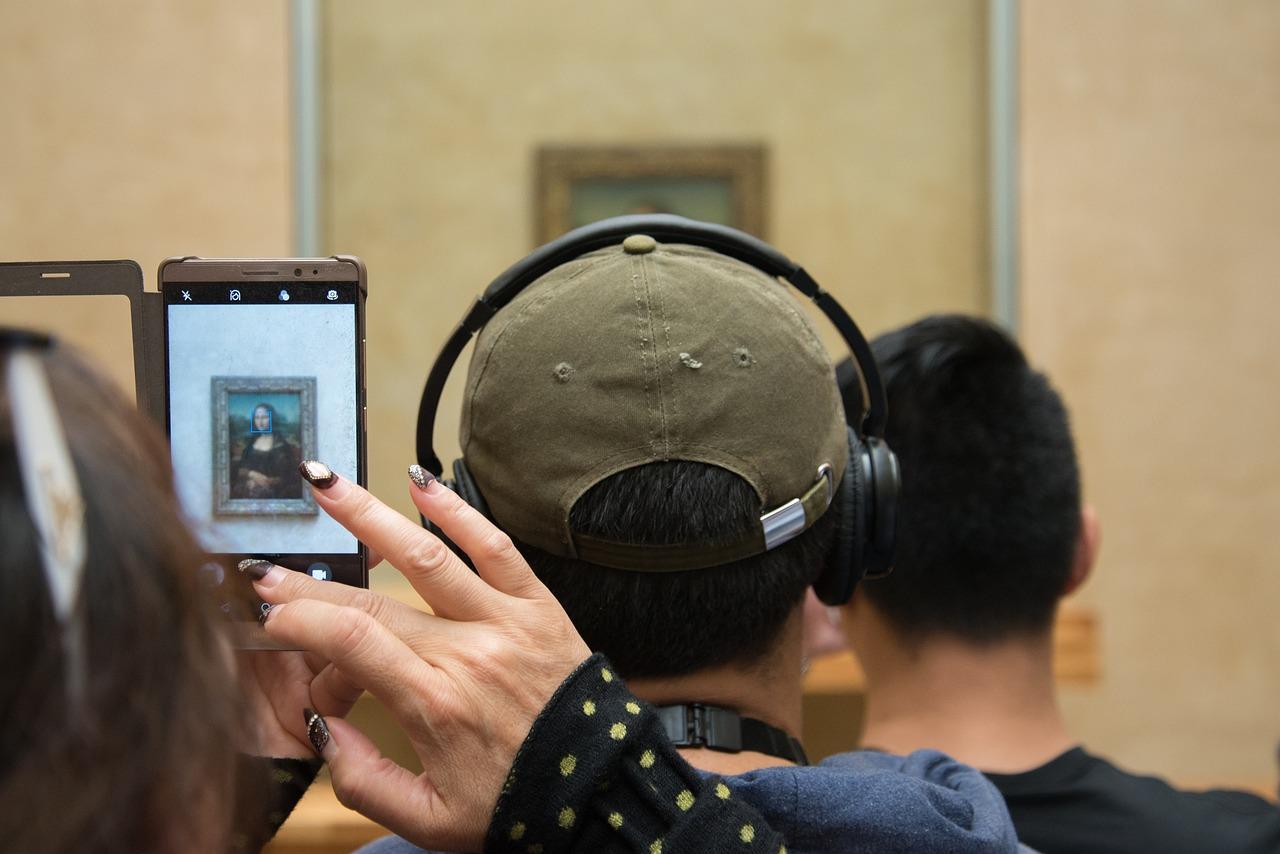
This painting too was a commission, given him by a relatively wealthy client at a time when Leonardo was a free agent – not a member of any court. Keen to build up his bankroll, he accepted the job but then neglected it in favour of other projects – map-making, weapons design and engineering.
Strangely enough, while all of Italy was throwing commissions at Leonardo, he mentioned his ability to paint almost as an afterthought. He preferred to bill himself as an engineer and cartographer; two functions he fulfilled brilliantly. Which makes it all the funnier that many famous painters today don’t come close to his skill and attention to detail.
Yet, as his life waned, he thought himself a failure in spite of the impact he would have on the painting world for centuries to come. In his last months, he put the final touches to his magnum opus, his Mona Lisa, expressing regret at having squandered his great talent for art.
Mona Lisa now hangs out at the Louvre Museum, smiling her enigmatic smile, knowing that his dying thoughts were off the mark.
Picasso gave us Guernica and a whole range of artworks; van Gogh left behind Starry Night, self-portraits and sunflowers; some of the world's most expensive paintings – ironic because he only sold one work in his lifetime.
Leonardo da Vinci, who billed himself as anything but a painter, not only left behind remarkable insights into his mind but also his visions of the future… and two of the world's most famous works of art. He ironically holds onto the title of the most famous of the famous Italian painters.

Rembrandt van Rijn: Master of Shadows, Maestro of Emotion
The list of the world's most famous painters wouldn't be complete without Rembrandt van Rijn, whose trademark use of light and shadow characterised the Baroque style. Born in 1606 in Leiden, he was a Dutch Golden Age painter who produced over 300 paintings over the course of his lifetime. His paintings depict a varied range of styles and subjects, from portraits to landscapes as well as biblical and animal studies.
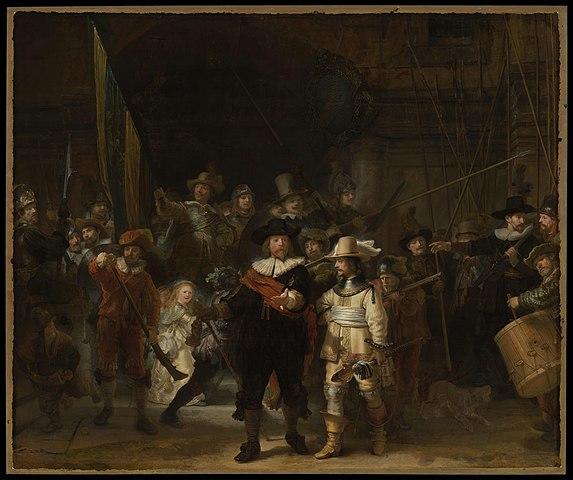
Arguably, one of Rembrandt's most famous works is "The Night Watch". Painted in 1642, it portrays a group of civic guards, under the Command of Captain Frans Banninck Cocq. It is renowned for its use of chiaroscuro, or contrast between light and dark.
Henri Matisse: With Great Colour Comes Great Responsibility
It’s hard to pick from a list of famous French artists, but today we settle on Henri Mattise, an artistic jack of all trades and master of… quite a bit actually! His interesting paintings are accompanied by an affinity for all kinds of artistic mediums. He was also a student of one of the most famous non-traditional painting styles: pointillism.
Henri did not have such an early introduction to art as the others. He started his artistic journey sitting in on a drawing class in his 20s at L’Ecole Quentin-Latour.
It was actually the sudden attack of appendicitis that had him spending much of his time painting during his recovery. This valuable practice would eventually lead to him devoting more and more time to the craft until he would move to Paris to pursue a career as a professional artist.
Since the beginning of his career, Henri always placed an emphasis on colour, and one of his first ventures as an artist was to reproduce a painting from a box of oils gifted to him by his mother. He would become known as one of the most famous colour artists.
As he progressed on his artistic journey, he would continue to study and acquire skills in sculpture. He was evidently successful as his works were displayed all over the world, including New York. He’s popular enough in America that he would fit right in on a list of famous American painters.
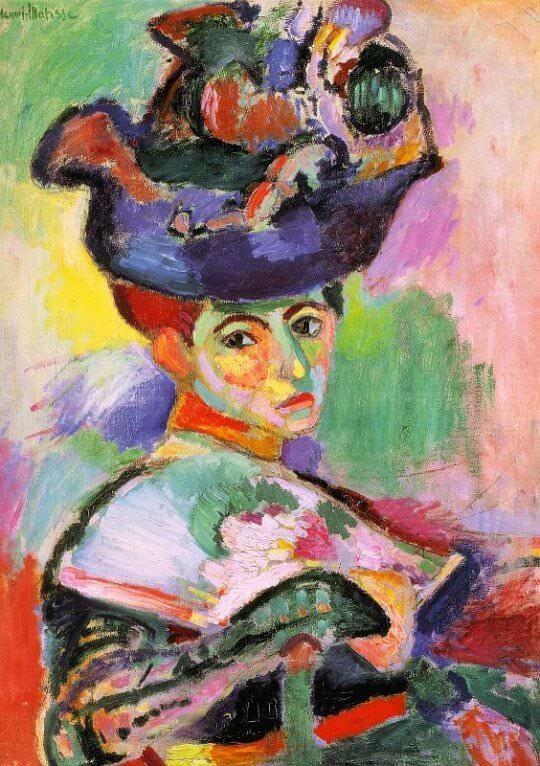
As a French artist noted for his posters and prints, it might surprise some to learn that he was in possession of such a large artistic skill set, even lending his hand to costume making at one point.
Unlike the previous artists in this article, Matisse, despite his work’s departure from the traditional constraints of art, led a rather organised life as a family man. Famous artists, illustrators, printmakers, and sculptors alike all look to Matisse as a role model.
As for his works, it's hard to choose just one of Henri Matisse’s most famous paintings to show, but you’ll probably recognise this famous woman painting.
Femme au Chapeau by Henri Mattise
Johannes Vermeer's Brushstrokes of Grace
Renowned for his meticulous attention to light and detail, Vermeer is most famous for his work "Girl With The Pearl Earring" and "The Milkmaid" which transports viewers to a realm of quiet elegance and timeless beauty.
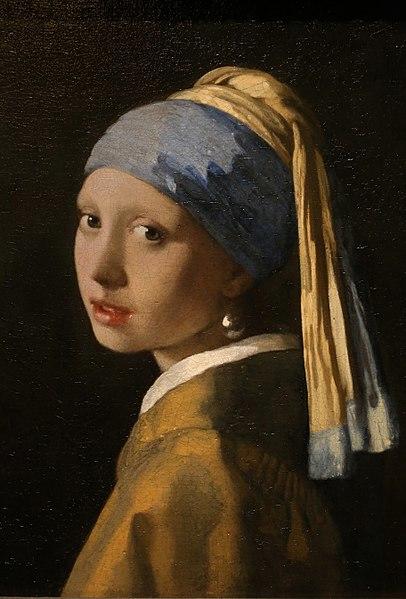
"The Girl with a Pearl Earring," one of Vermeer's most enigmatic masterpieces, continues to captivate art enthusiasts with its enigmatic gaze and the subtle play of light on the luminous pearl in contrast with the dark background. Painted around 1665, the young woman in the painting is often speculated to be Vermeer's daughter.
Born in 1632, Vermeer lived a modest life in Delft, with scenes of domesticity serving as inspiration for his artistic works. Much of his work went unrecognised throughout his life, only to be rediscovered centuries later. Vermeer's use of colour and penchant for capturing the subtleties of daily life have earned him recognition as a painting master and solidified his place as a luminary of the Dutch Golden Age.
Gilded Dreams and The Eternal Embrace of "The Kiss"
Gustav Klimt, an Austrian symbolist painter, was born in Vienna in 1862. As one of the most prominent figures of the Art Nouveau movement, Klimt was a revolutionary in founding the Vienna Secession, a movement which called into question traditional artistic norms. In terms of his artistic trademarks, he was known for his delicate and intricate patterns and use of gold leaf.
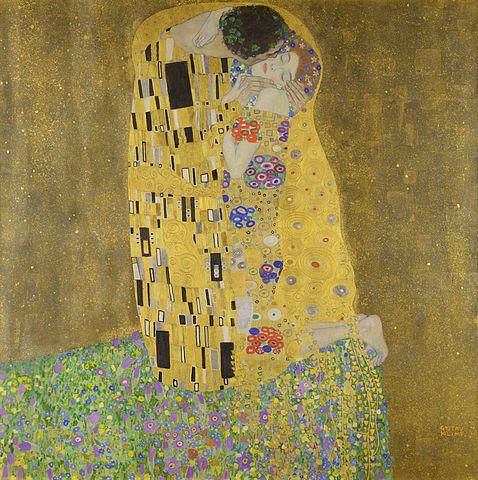
Gustav Klimt's most renowned work is "The Kiss", which was painted between 1907 and 1908, at the pinnacle of Klimt's Golden Phase. It stands as a quintessential example of an Art Nouveau masterpiece and expresses his passion for symbolism and sensuality.
Now learn about Claude Monet, father of impressionism, and maybe famous modernism artists?… Or perhaps you’d like to explore famous modern artists or famous American artists instead? Whatever you’re looking for, we’ve got it here on the Superprof blog.
Enjoyed this article? Leave a rating!

